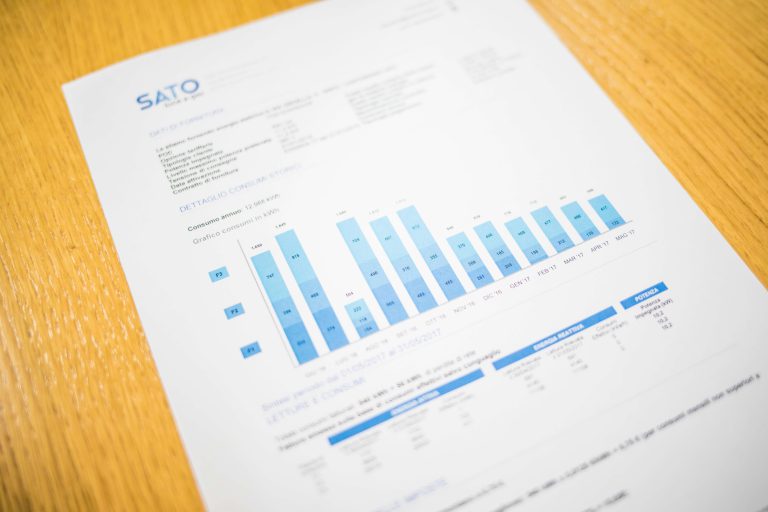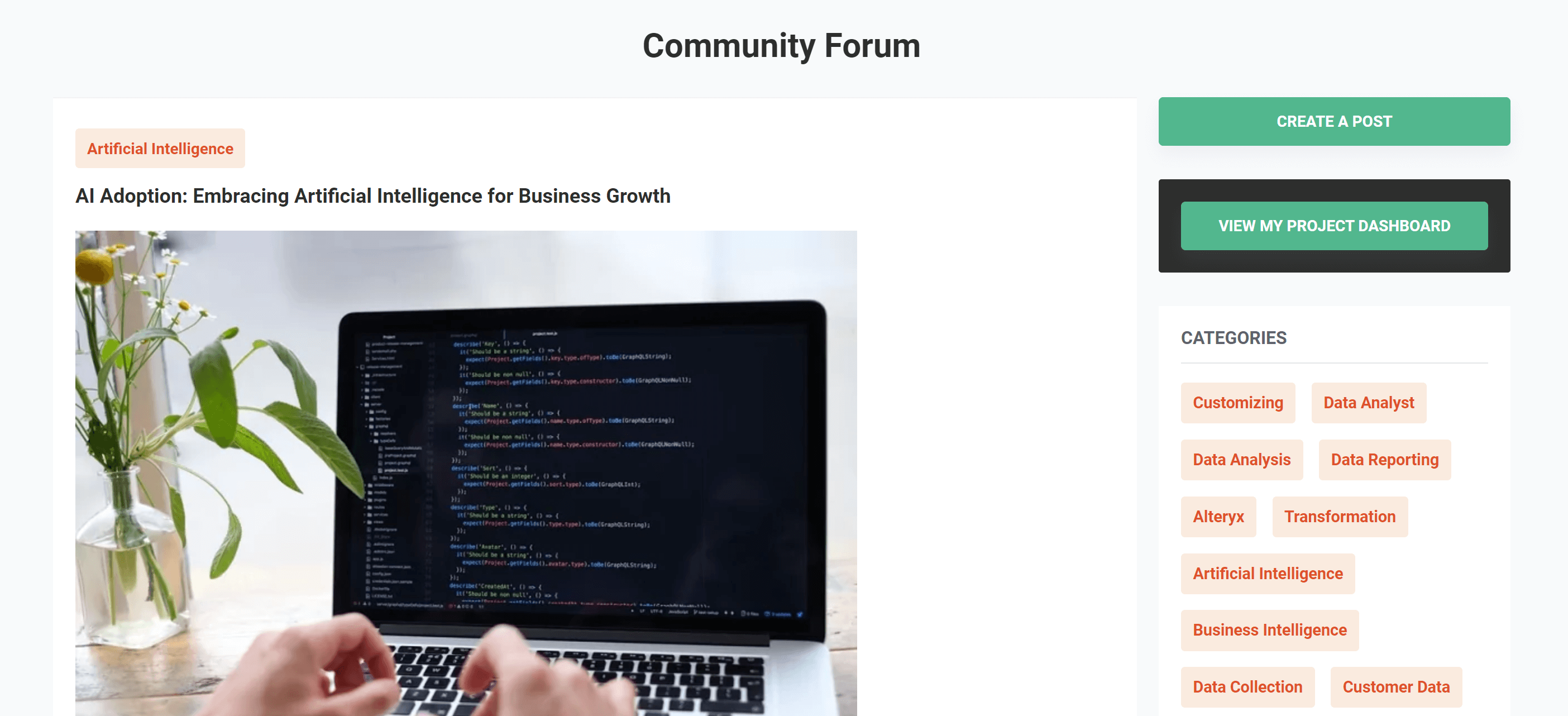Data Automation And Visualization is Reshaping Healthcare Supply Chain Operations

Overview
The healthcare chain in this case study operates multiple facilities, managing a complex supply chain to ensure the timely delivery of medical supplies, pharmaceuticals, and equipment. Initially reliant on manual processes, the organization faced inefficiencies that impacted patient care and operational costs. Through PangaeaX, a freelance platform connecting businesses with skilled data analysts, the chain accessed expertise to transform its supply chain using data automation and visualization. This case study explores how this collaboration addressed critical pain points and delivered measurable outcomes.
Objectives of Data Automation and Visualization in Healthcare
The primary goal was to streamline supply chain operations, reduce delays, and enhance decision-making. By integrating real-time data automation and advanced visualization tools, the healthcare chain aimed to improve inventory management, forecast demand accurately, and ensure compliance with healthcare regulations. This transformation aligns with industry trends toward digitalization and efficiency in healthcare logistics. Optimized supply chains improve operational workflows, reducing waste and ensuring that critical medical supplies reach patients without disruption.
Challenges in Healthcare Supply Chain Management
Manual Processes Hindering Supply Chain Efficiency
Before the transformation, the healthcare chain relied on labor-intensive manual processes for inventory tracking and procurement. This led to frequent stockouts, overstocking, and delays in supply delivery, compromising patient care and increasing operational costs. Manual data entry also introduced errors, making it difficult to maintain accurate records. The inefficiencies in manual tracking resulted in mismanagement of resources, leading to financial losses and inconsistent supply chain performance.
Lack of Real-Time Data Visualization and Insights
The absence of real-time visibility into supply chain operations posed a significant challenge. Managers struggled to monitor stock levels, predict demand, and respond to disruptions, such as supplier delays or sudden spikes in patient needs. Without actionable insights, decision-making was reactive rather than proactive, a common issue in traditional healthcare supply chains. Implementing real-time visualization enables instant access to critical data, facilitating swift responses to unforeseen challenges.
Regulatory Compliance and Cost Pressures in Healthcare Logistics
Meeting stringent healthcare regulations while managing rising costs added complexity. The chain needed to ensure supplies met quality standards and were delivered on time, all while keeping expenses in check. These challenges reflect broader industry struggles with balancing compliance, efficiency, and affordability. Ensuring regulatory compliance through automated tracking reduces the risk of penalties and enhances operational transparency.
Implementation of Data Automation and Visualization Solutions
Connecting with Freelance Data Analysts via PangaeaX
PangaeaX, a platform linking businesses with freelance talent, connected the healthcare chain with a team of expert data analysts proficient in tools like Tableau, Informatica, and Python. These freelancers initiated the project by conducting an in-depth assessment of the existing supply chain, identifying data silos and inefficiencies. They then centralized raw data from warehouses, suppliers, and hospitals into a unified database, designing automated workflows to replace manual tasks. This foundational step ensured seamless data collection, processing, and updates, reducing human error and accelerating operations. Access to skilled freelancers provided specialized solutions tailored to the organization’s specific needs, leading to an agile and effective transformation.
Phased Deployment of Automation Technologies
The implementation unfolded in distinct phases to ensure stability and alignment with operational needs. In the first phase, the analysts integrated Informatica for data extraction and transformation, automating the flow of information across the supply chain. The second phase involved deploying Tableau to create a robust data pipeline, enabling real-time updates. Python scripts were also developed to handle custom automation tasks, such as syncing supplier data with internal systems. This phased approach allowed for incremental improvements and minimized disruptions to ongoing operations. A structured rollout plan helped mitigate risks while gradually improving supply chain efficiency.
Building Data Visualization Tools for Actionable Insights
The freelance analysts designed interactive dashboards using Tableau to provide real-time visualization of key supply chain metrics—inventory levels, order statuses, delivery timelines, and supplier performance. These dashboards, built with data visualization best practices, featured drill-down capabilities and alerts for anomalies, empowering managers to identify bottlenecks instantly and adjust strategies proactively. Predictive analytics models, powered by machine learning algorithms, were integrated to forecast demand based on historical trends, seasonal patterns, and patient admission data, enhancing planning accuracy. The enhanced visibility of data through interactive dashboards improved operational efficiency and strategic decision-making.
Stakeholder Engagement and Iterative Testing
Collaboration was critical to the implementation’s success. The analysts worked with supply chain managers, IT teams, and frontline staff to map requirements and validate solutions. Regular feedback sessions ensured the tools met user needs, while iterative testing—conducted in sandbox environments—refined the system’s performance. For example, initial dashboard prototypes were adjusted based on manager input to prioritize critical metrics like low-stock alerts. This stakeholder-driven process guaranteed practical, user-friendly outcomes. A participatory approach fostered better adoption and minimized resistance to new technologies.
Training and Change Management for Seamless Adoption
To support adoption, the freelancer delivered comprehensive training programs tailored to different roles—technical training for IT staff and practical workshops for operational teams. He also created detailed user manuals and video tutorials to facilitate ongoing use. Change management strategies, including pilot rollouts at select facilities, helped staff transition from manual processes to the automated system. This phased, hands-on approach built confidence and ensured long-term success, mirroring strategies in similar healthcare transformation projects. A well-executed change management plan contributed to higher efficiency and employee satisfaction.
Benefits Achieved Through Supply Chain Transformation
Enhanced Supply Chain Efficiency and Reduced Costs
Post-implementation, the healthcare chain achieved a significant boost in efficiency through the automated process. Automation reduced manual labor by approximately 30%, saving 2,800 hours annually and cutting operational costs. Stockouts decreased by 25%, and overstocking was minimized, freeing up capital previously tied to excess inventory. These savings align with industry benchmarks for automated supply chains. Increased efficiency in inventory control directly impacted cost savings and overall business performance.
Improved Patient Care with Real-Time Supply Chain Visibility
Real-time visualization ensured critical supplies were available when needed, directly improving patient outcomes. For example, emergency departments reported fewer delays in accessing life-saving equipment. The automated process further supported this by streamlining operations, enhancing reliability. This benefit highlights the intersection of supply chain management and patient-centric healthcare, a trending focus in the sector. Better supply chain operations contribute to higher-quality patient care and overall hospital efficiency.
Scalability and Future-Ready Healthcare Operations with ROI Boost
The new system provided scalability, allowing the chain to expand operations without proportional cost increases. Predictive analytics positioned the organization to adapt to future challenges, such as pandemics or supply shortages. Additionally, the transformation delivered a 13% boost in return on investment (ROI), demonstrating the financial value of data-driven supply chain solutions in healthcare. Scalability ensures that the organization remains agile in a rapidly evolving healthcare landscape.
Conclusion
The transformation of the healthcare chain’s supply chain through data automation and visualization delivered substantial improvements in efficiency, patient care, and scalability. By addressing longstanding challenges with innovative tools and expertise, the organization not only optimized its operations but also set a precedent for leveraging technology in healthcare logistics. The collaboration with freelance data analysts proved instrumental in achieving these results. Platforms like PangaeaX continue to play a crucial role in connecting businesses with specialized talent, driving impactful change in data-driven healthcare solutions.
Get your data results fast and accelerate your business performance with the insights you need today.



